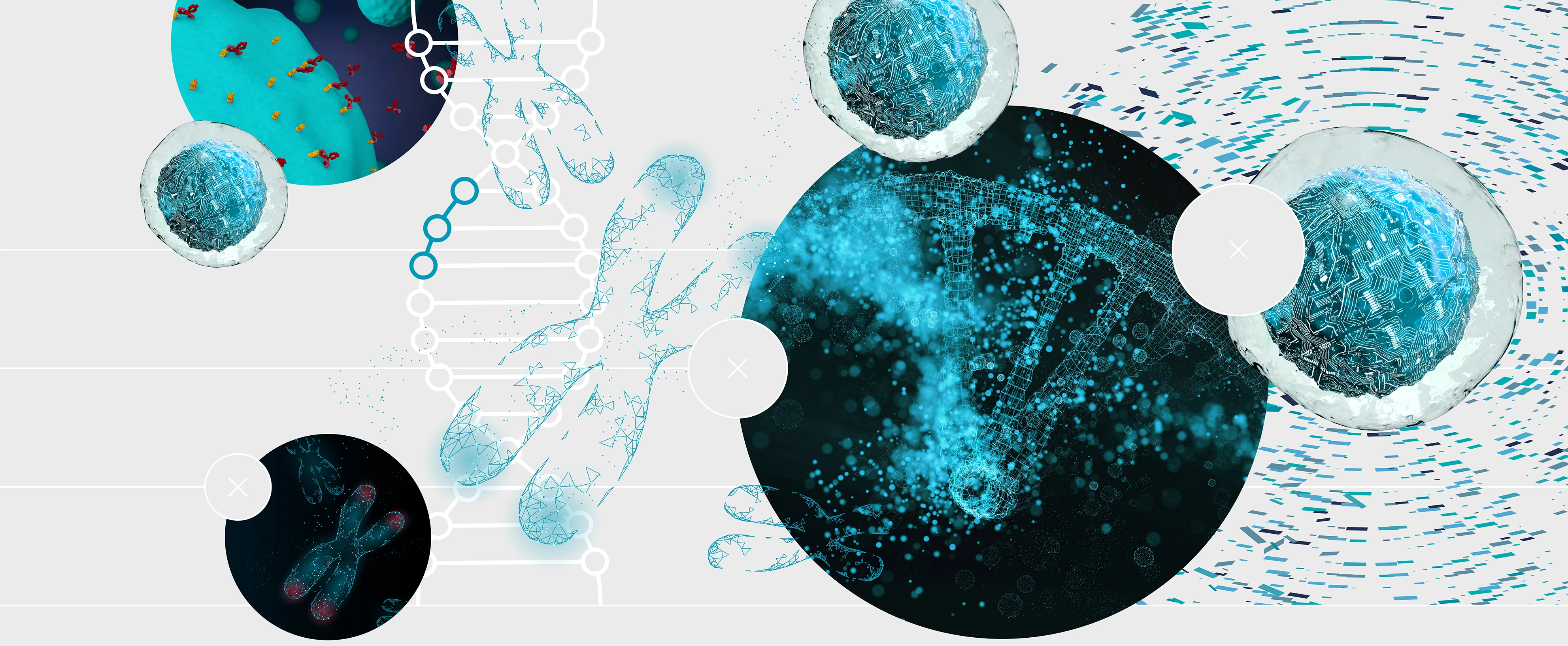Future Horizons:
10-yearhorizon
Chimeras, synthetic viruses and other models become mainstream
25-yearhorizon
Universal editors emerge
AI will help to quickly scan whole genomes and then design vectors that can be used more universally. Work is also under way in AI design of entirely new proteins and editors.41 However, human screeners are still needed to identify the small percentage that will work as they are meant to. This situation may improve with access to more training data. Generally, advances here will require more collaboration between mathematicians and biologists.
Furthermore, machine-learning algorithms may help identify the relationships among genes, gene networks and other variables (such as epigenetic factors) involved in disease, as well as the potential consequences of edits to these.42 AI-enabled searches through microbial data obtained from uncultivated samples may reveal more suitable enzymes — helicases, nucleases, transposases or recombinases — that solve the problems of currently available editors.
Recent rapid advances in stem-cell engineering, stem-cell-derived embryo models, organoids (artificial and simplified versions of an organ) and tissue engineering are helping research move towards providing experimental organisms based on human physiology that will help predict the functionalities of genome editors outside the human body and before clinical applications.43,44
Engineered organisms and AI-based tools - Anticipation Scores
The Anticipation Potential of a research field is determined by the capacity for impactful action in the present, considering possible future transformative breakthroughs in a field over a 25-year outlook. A field with a high Anticipation Potential, therefore, combines the potential range of future transformative possibilities engendered by a research area with a wide field of opportunities for action in the present. We asked researchers in the field to anticipate:
- The uncertainty related to future science breakthroughs in the field
- The transformative effect anticipated breakthroughs may have on research and society
- The scope for action in the present in relation to anticipated breakthroughs.
This chart represents a summary of their responses to each of these elements, which when combined, provide the Anticipation Potential for the topic. See methodology for more information.



